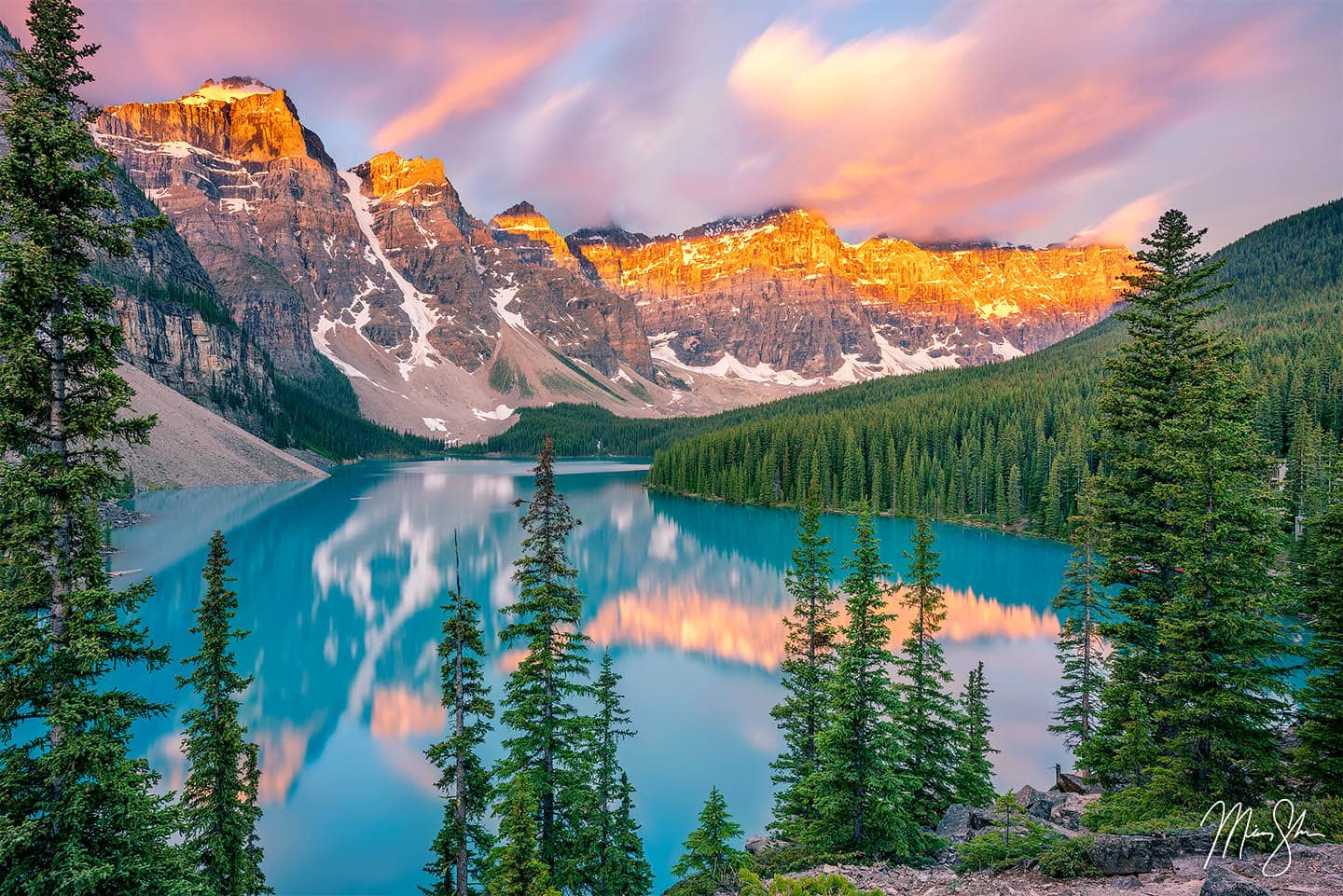Baeugi News Hub
Your source for the latest news and insightful articles.
Just Add Nature: Transform Your Photography Game Instantly
Unlock stunning photography with simple nature hacks that transform your images instantly. Discover the secrets today!
5 Essential Tips for Incorporating Nature into Your Photography
Incorporating nature into your photography can greatly enhance the visual appeal of your work. To start, consider finding the right location. Research local parks, botanical gardens, or natural reserves where you can capture stunning landscapes or intricate details of flora and fauna. Utilize resources like AllTrails to discover scenic spots and trail information. Once you’ve chosen a location, take some time to scout it for interesting compositions that showcase the beauty of nature. Pay attention to the time of day as well, as the golden hour can provide beautifully soft, warm lighting for your shots.
Another essential tip is to utilize natural light. Experiment with shooting during different times of the day to see how the changing light affects your images. Early mornings and late afternoons are particularly magical times for photography. Additionally, consider using shadows and contrasting colors to create depth and intrigue in your compositions. For more insight into natural lighting techniques, check out Digital Photography School. Lastly, always be prepared to adapt to changing weather conditions—rain, fog, and even cloudy skies can add unique atmospheres to your nature photographs.

How to Use Natural Light to Enhance Your Photos
Utilizing natural light can dramatically elevate the quality of your photos, bringing out rich colors and striking contrasts. To maximize this effect, consider the time of day you choose to shoot. The golden hour, which occurs shortly after sunrise and just before sunset, offers soft, diffused light that is ideal for portraits and landscapes. Experimenting with direction is also essential; for example, shooting with the light behind your subject can create a beautiful halo effect. For a deeper understanding of light qualities, you can refer to this National Geographic article.
While shooting in bright daylight can be challenging due to harsh shadows and overexposed highlights, you can use this to your advantage by seeking out shaded areas or using reflectors to bounce light onto your subject. Additionally, incorporating cloudy days in your photo sessions can provide an ideal diffuse light that softens shadows and texture, perfect for capturing details. For tips on how to modify natural light effectively, check out this insightful Digital Photography School guide.
What Are the Best Locations for Nature Photography?
When it comes to finding the best locations for nature photography, several breathtaking destinations stand out around the globe. One of the most iconic places is Yosemite National Park in California, renowned for its stunning landscapes, towering granite cliffs, and diverse ecosystems. Photographers can capture spectacular images of el Capitan and Half Dome during sunrise or sunset, creating a magical atmosphere that enhances the beauty of nature. Another remarkable location is Grand Canyon National Park, where the vastness of the canyon coupled with dramatic light conditions provides unparalleled opportunities for magnificent shots.
For those looking to explore unique coastal landscapes, the Acadia National Park in Maine offers a blend of rugged cliffs, serene lakes, and lush forests, perfect for capturing the charm of the New England coast. Additionally, the Wilderness Society showcases numerous protected areas throughout the United States that are ideal for different forms of nature photography, from wildflower meadows to glacial lakes. These locations not only provide captivating scenery but also emphasize the importance of preserving natural beauty for future generations.